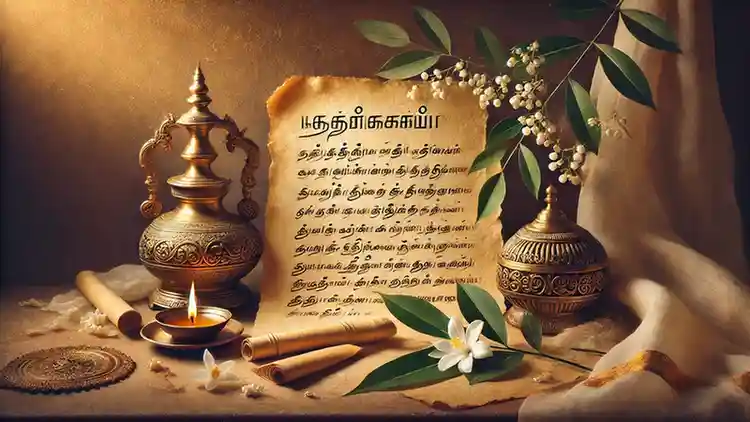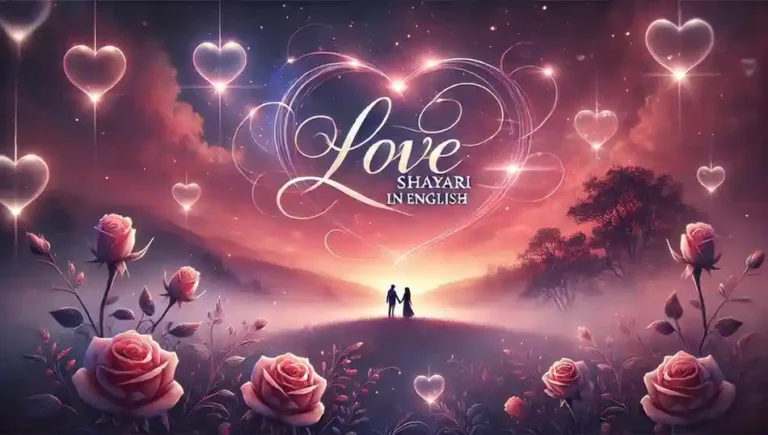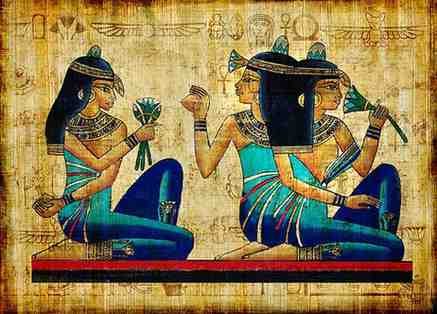Tamil Kavithai: A Beautiful Expression of Emotions
Tamil literature has a rich and ancient tradition, and at the heart of this literary treasure lies Tamil Kavithai—a poetic form that beautifully captures human emotions, nature, and cultural values. These poems, written in the Tamil language, are not just words but an artistic representation of life’s experiences, blending melody with meaning. Whether you are a passionate reader or a budding poet, exploring this poetry opens the door to a world where words dance gracefully to convey the deepest feelings.
In this article, we will delve into the beauty of Tamil Kavithai, its origins, types, and why it continues to resonate with people today.
1. The Origin and Evolution of Tamil Kavithai
Tamil poetry has a long and illustrious history dating back over 2,000 years. The earliest form of this poetry can be traced to the Sangam period (300 BCE – 300 CE), a golden age of Tamil literature. During this time, poets created masterpieces that captured themes of love (Aham) and war (Puram).
As time progressed, Tamil poetry evolved through different eras, including the Bhakti period, where religious and devotional poems gained prominence. Modern poets now embrace a wide range of subjects, from romantic verses to social issues, making it a dynamic and ever-relevant art form.
Key Features of Tamil Kavithai
- Emotional Depth: Tamil poems often dive into intense human emotions like love, sorrow, and hope.
- Rhythmic Beauty: Traditional poetry follows specific metrical structures (Yappu) that add a musical quality.
- Cultural Essence: These poems often reflect Tamil traditions, nature, and social values.
2. Different Types of Tamil Kavithai
Tamil poetry is diverse and can be categorized into various forms based on structure and theme. Each type carries its own charm and artistic value.
a) Classical Tamil Kavithai
This form originates from ancient Sangam literature and adheres to strict metrical rules. Poems from this category are typically philosophical or reflective, focusing on life, nature, and human relationships.
b) Modern Tamil Kavithai
Contemporary poets experiment with free verse, breaking away from rigid forms. Modern poems touch on personal experiences, social issues, and cultural identity while offering more freedom of expression.
3. The Role of Tamil Kavithai in Modern Culture
Even in today’s digital age, this poetic form continues to thrive across various platforms. With the rise of social media and online forums, poetry lovers can share and enjoy Tamil poems globally.
Poetry is not just confined to books; it has found a place in popular culture, including Tamil cinema, music, and even political discourse. Many films feature soulful lyrics inspired by this poetic tradition, proving its enduring appeal.
4. How to Write Your Own Tamil Kavithai
Writing a compelling poem requires a blend of creativity, language mastery, and emotional honesty. Here are some simple steps to get started:
a) Choose a Theme
Decide on the subject you want to express—be it love, nature, or a personal experience. A clear theme will guide your poem’s tone and structure.
b) Play with Language
Tamil is a rich and poetic language with a vast vocabulary. Use metaphors, similes, and alliteration to make your poem more vivid.
c) Embrace Simplicity
While Tamil poetry can be complex, simplicity often enhances emotional impact. Write from the heart and let your feelings flow naturally.
5. Famous Tamil Kavithai Poets and Their Legacy
Tamil literature boasts an array of gifted poets whose works continue to inspire generations.
a) Thiruvalluvar
Renowned for the Thirukkural, a timeless collection of couplets that offers wisdom on ethics, love, and governance.
b) Bharathiyar
A revolutionary poet who blended patriotism, feminism, and social reform themes into his powerful poetry.
c) Kannadasan
Known as the “King of Lyrics,” his poetic contributions to Tamil cinema have left an indelible mark on Tamil culture.
FAQ: Common Questions About Tamil Kavithai
Q1: What is Tamil Kavithai?
A: It refers to poetry written in the Tamil language, capturing emotions, nature, and cultural values through lyrical expression.
Q2: Can I write Tamil Kavithai without formal training?
A: Yes! While understanding traditional forms helps, anyone with a love for Tamil and creativity can write poetry.
Q3: Where can I read Tamil Kavithai online?
A: You can find Tamil poems on literary websites, social media, and online poetry forums dedicated to Tamil literature.
Q4: What themes are common in Tamil Kavithai?
A: Love, nature, spirituality, social justice, and human emotions are common themes in this poetry.
Q5: How is modern Tamil Kavithai different from classical poetry?
A: Classical poetry follows strict metrical patterns, while modern poetry often adopts free verse, allowing more creative freedom.
Conclusion: Embracing the Beauty of Tamil Kavithai
Tamil Kavithai is more than just poetry—it’s a soulful expression of life’s joys, struggles, and dreams. From its ancient roots to its modern interpretations, Tamil poetry continues to touch hearts and bridge cultural divides. Whether you are an avid reader or an aspiring poet, exploring this art form opens up a world of beauty and emotion that resonates across generations.
So, why not take a step into the poetic world of Kavithai? Let your words flow and discover the magic of expressing your emotions through the timeless beauty of Tamil poetry.






